Home>Home Appliances>Home Automation Appliances>What Are The 3 Types Of Thermostat?
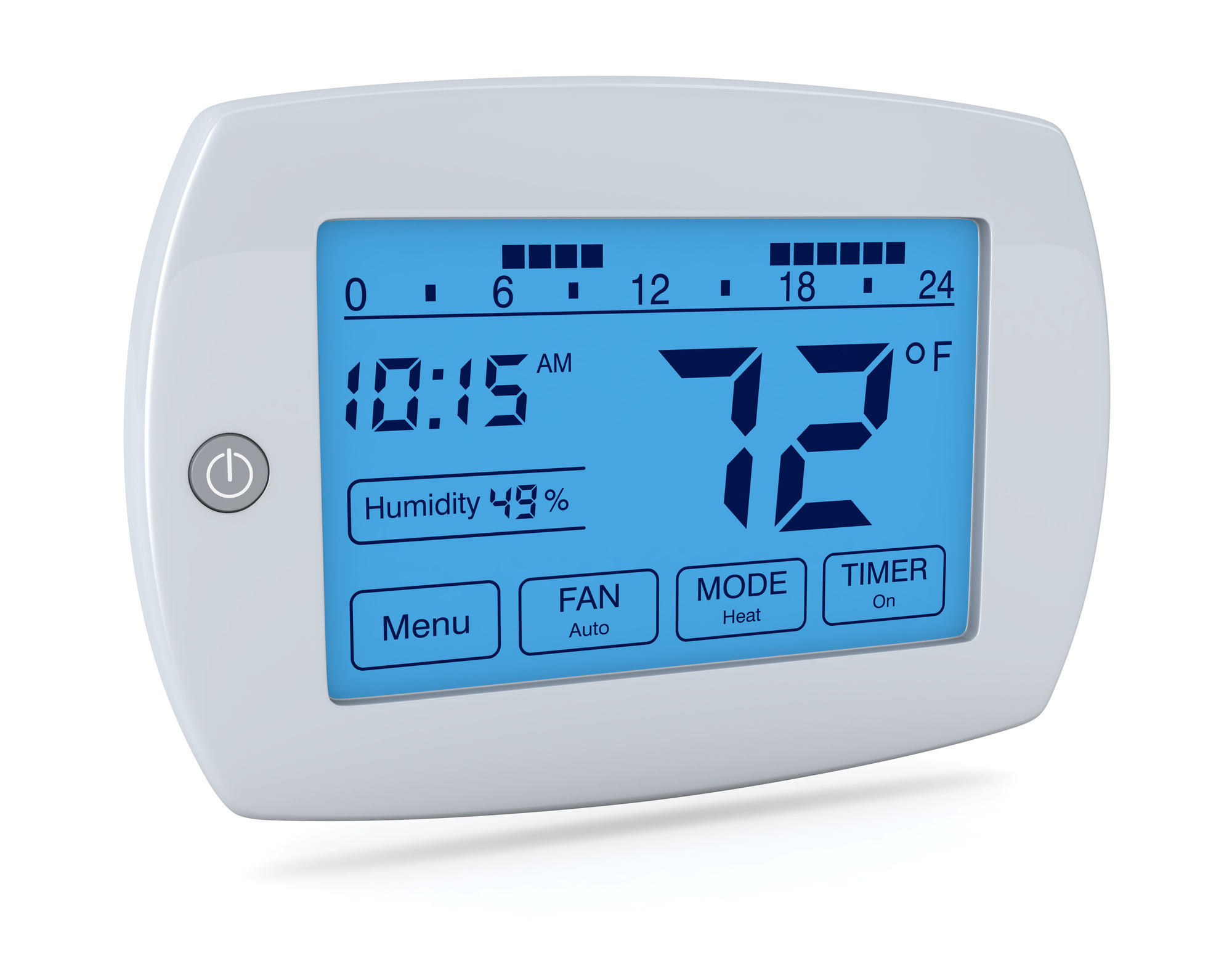

Home Automation Appliances
What Are The 3 Types Of Thermostat?
Modified: August 27, 2024
Learn about the 3 types of thermostats for home automation appliances. Discover the benefits and features of each type to make the right choice for your smart home.
(Many of the links in this article redirect to a specific reviewed product. Your purchase of these products through affiliate links helps to generate commission for Storables.com, at no extra cost. Learn more)
Introduction
Welcome to the world of thermostats, where the temperature regulation of your home is just a touch away. Thermostats have come a long way from their humble beginnings, evolving into sophisticated devices that offer unparalleled convenience and energy efficiency. In this comprehensive guide, we will explore the three main types of thermostats: mechanical, digital, and smart thermostats. Understanding the unique features and benefits of each type will empower you to make an informed decision when selecting the ideal thermostat for your home.
Whether you're a tech-savvy homeowner or simply seeking a reliable solution to manage your indoor climate, the diverse range of thermostats available today ensures that there's a perfect fit for everyone. So, let's embark on a journey through the realm of thermostat technology, uncovering the distinct characteristics and functionalities that set each type apart. By the end of this guide, you'll have a clear understanding of the options at your disposal, enabling you to take control of your home's comfort and energy usage with confidence.
Key Takeaways:
- Mechanical thermostats offer simple and reliable temperature control, making them a budget-friendly option with minimal electronic components. However, they lack programmable features and may lead to energy inefficiency if not manually adjusted.
- Digital thermostats provide precise temperature readings, programmable schedules, and smart features for enhanced comfort and energy efficiency. While they may have a higher initial cost, their advanced functionality offers a modern and intuitive approach to managing indoor temperature.
Read more: What Are The 3 Types Of Mirrors
Mechanical Thermostats
Step back in time to an era when simplicity and reliability were the hallmarks of thermostat technology. Mechanical thermostats, also known as manual thermostats, represent the traditional approach to temperature control. These stalwart devices have been a fixture in homes for decades, offering a straightforward and dependable means of regulating indoor climate.
At the heart of a mechanical thermostat is a bi-metallic coil that responds to temperature changes. As the temperature fluctuates, the coil expands or contracts, triggering a switch that activates the heating or cooling system. The user interface typically consists of a dial or lever, allowing homeowners to set the desired temperature with ease. While lacking the advanced features of their digital and smart counterparts, mechanical thermostats excel in their fundamental purpose: maintaining a consistent and comfortable environment.
One of the primary advantages of mechanical thermostats is their resilience. With minimal electronic components, these devices are less susceptible to malfunctions caused by power surges or electrical issues. Their straightforward design also contributes to ease of installation and use, making them an appealing option for those who prefer a no-frills approach to temperature management.
However, the simplicity of mechanical thermostats comes with limitations. They lack the programmable functionality found in digital and smart thermostats, meaning that users must manually adjust the temperature as needed. This can lead to energy inefficiency if the thermostat is frequently neglected or set to maintain a constant temperature when it’s not required.
Despite their basic nature, mechanical thermostats continue to hold relevance in certain settings. Their affordability and robustness make them a viable choice for budget-conscious homeowners or as backup units in case of system failures. While they may not offer the bells and whistles of modern thermostats, their steadfast performance and straightforward operation ensure that they remain a steadfast option in the world of temperature control.
Digital Thermostats
Transitioning from the analog era to the digital age, we encounter a revolution in home climate control: the digital thermostat. Embracing the advancements of technology, digital thermostats bring a new level of precision, convenience, and energy efficiency to the table. With their sleek displays and programmable capabilities, these devices offer homeowners a modern and intuitive approach to managing indoor temperature.
At the core of digital thermostats is their ability to provide precise temperature readings and programmable schedules. Unlike their mechanical predecessors, digital thermostats utilize electronic sensors to accurately measure the ambient temperature, ensuring that your home maintains the desired climate with exceptional accuracy. This precision not only enhances comfort but also contributes to energy savings by minimizing unnecessary heating or cooling cycles.
One of the standout features of digital thermostats is their programmable functionality. Users can create customized schedules to align with their daily routines, adjusting the temperature settings based on specific times of day or night. This capability not only promotes comfort but also optimizes energy usage, allowing homeowners to reduce heating and cooling when the home is unoccupied or during sleeping hours.
Furthermore, many digital thermostats offer additional features such as Wi-Fi connectivity, remote access via smartphone apps, and energy usage monitoring. These smart capabilities empower homeowners to remotely adjust their home’s temperature, receive energy usage insights, and even integrate their thermostat with smart home ecosystems for seamless automation.
While digital thermostats boast an array of benefits, they do have some considerations. The initial cost of these devices may be higher than that of mechanical thermostats, and their reliance on electronic components makes them more susceptible to malfunctions in the event of power surges or electrical issues. However, the advanced functionality and energy-saving potential of digital thermostats often outweigh these concerns, making them a compelling choice for those seeking a modern and efficient climate control solution.
With their precision, programmability, and smart features, digital thermostats have redefined the way homeowners manage their indoor climate. By harnessing the power of technology, these devices offer unparalleled convenience and energy efficiency, setting a new standard for home temperature control in the digital age.
The 3 types of thermostats are mechanical, programmable, and smart. Mechanical thermostats are simple and affordable, programmable thermostats allow for scheduling, and smart thermostats can be controlled remotely.
Smart Thermostats
Welcome to the pinnacle of thermostat innovation: the smart thermostat. Seamlessly blending cutting-edge technology with intuitive design, smart thermostats represent the epitome of modern home climate control. These intelligent devices not only offer precise temperature regulation but also empower homeowners with unprecedented levels of connectivity, automation, and energy management.
At the core of smart thermostats is their ability to learn and adapt to the household’s heating and cooling preferences. Through advanced algorithms and machine learning, smart thermostats analyze usage patterns and environmental conditions to optimize temperature settings automatically. This adaptive intelligence not only enhances comfort but also minimizes energy waste by ensuring that heating and cooling systems operate efficiently based on real-time needs.
One of the defining features of smart thermostats is their connectivity. By leveraging Wi-Fi and mobile apps, homeowners can remotely monitor and adjust their home’s temperature settings from anywhere, providing unparalleled convenience and control. Whether you’re returning home earlier than expected or adjusting the temperature while away on vacation, the ability to manage your thermostat remotely offers a new level of flexibility and energy savings.
Furthermore, smart thermostats often integrate with smart home ecosystems, allowing seamless coordination with other connected devices such as lighting, security systems, and voice assistants. This interconnectivity enables holistic automation, where various aspects of the home can work in harmony to enhance comfort and energy efficiency. For example, smart thermostats can adjust the temperature based on occupancy detected by motion sensors or even respond to voice commands for hands-free control.
Energy management is another key benefit of smart thermostats. These devices provide detailed insights into energy usage, enabling homeowners to track and analyze their heating and cooling consumption. By identifying trends and opportunities for optimization, users can make informed decisions to minimize energy waste and reduce utility costs, all while maintaining a comfortable indoor environment.
While the advanced features of smart thermostats offer unparalleled benefits, they may come with a higher price tag compared to mechanical and digital thermostats. Additionally, the reliance on Wi-Fi connectivity and electronic components introduces the potential for technical issues or compatibility concerns with older HVAC systems. However, for those seeking the ultimate in convenience, energy efficiency, and connectivity, the investment in a smart thermostat can yield significant long-term advantages.
Smart thermostats stand at the forefront of home climate control, embodying the seamless integration of technology and comfort. With their adaptive intelligence, remote connectivity, and energy management capabilities, these devices empower homeowners to elevate their living spaces to new levels of efficiency and convenience in the digital era.
Conclusion
As we conclude our exploration of thermostat technology, it’s evident that the evolution of these devices has revolutionized the way we manage indoor climate. From the steadfast reliability of mechanical thermostats to the precision and programmability of digital thermostats, and the advanced connectivity and adaptive intelligence of smart thermostats, each type offers a distinct set of features and benefits to cater to diverse homeowner needs.
For those seeking a simple and robust solution for temperature control, mechanical thermostats remain a viable choice. Their durability and straightforward operation make them well-suited for budget-conscious homeowners or as backup units in case of system failures. While they lack the programmable features of digital and smart thermostats, their time-tested performance continues to hold relevance in certain settings.
Digital thermostats bridge the gap between traditional and modern technology, offering precise temperature regulation and programmable scheduling. With their electronic sensors and intuitive interfaces, these devices provide homeowners with enhanced comfort and energy efficiency. The integration of smart features such as Wi-Fi connectivity and energy monitoring further elevates the user experience, making digital thermostats a compelling option for those seeking a balance of convenience and affordability.
At the pinnacle of thermostat innovation, smart thermostats redefine the concept of home climate control. Their adaptive intelligence, remote connectivity, and seamless integration with smart home ecosystems set a new standard for convenience and energy efficiency. While the initial investment may be higher, the long-term benefits of energy savings and advanced automation make smart thermostats an ideal choice for those prioritizing cutting-edge technology and connectivity.
Ultimately, the choice of thermostat type depends on individual preferences, budget considerations, and the desired level of convenience and energy management. Whether you opt for the simplicity of mechanical thermostats, the precision of digital thermostats, or the advanced capabilities of smart thermostats, each type represents a step forward in enhancing the comfort and efficiency of your home’s indoor environment.
As technology continues to advance, the realm of thermostat innovation will undoubtedly evolve, offering even more sophisticated features and capabilities to further optimize home climate control. By staying informed and considering the unique attributes of each thermostat type, homeowners can make informed decisions to create a comfortable, energy-efficient, and connected living space tailored to their individual needs.
Frequently Asked Questions about What Are The 3 Types Of Thermostat?
Was this page helpful?
At Storables.com, we guarantee accurate and reliable information. Our content, validated by Expert Board Contributors, is crafted following stringent Editorial Policies. We're committed to providing you with well-researched, expert-backed insights for all your informational needs.
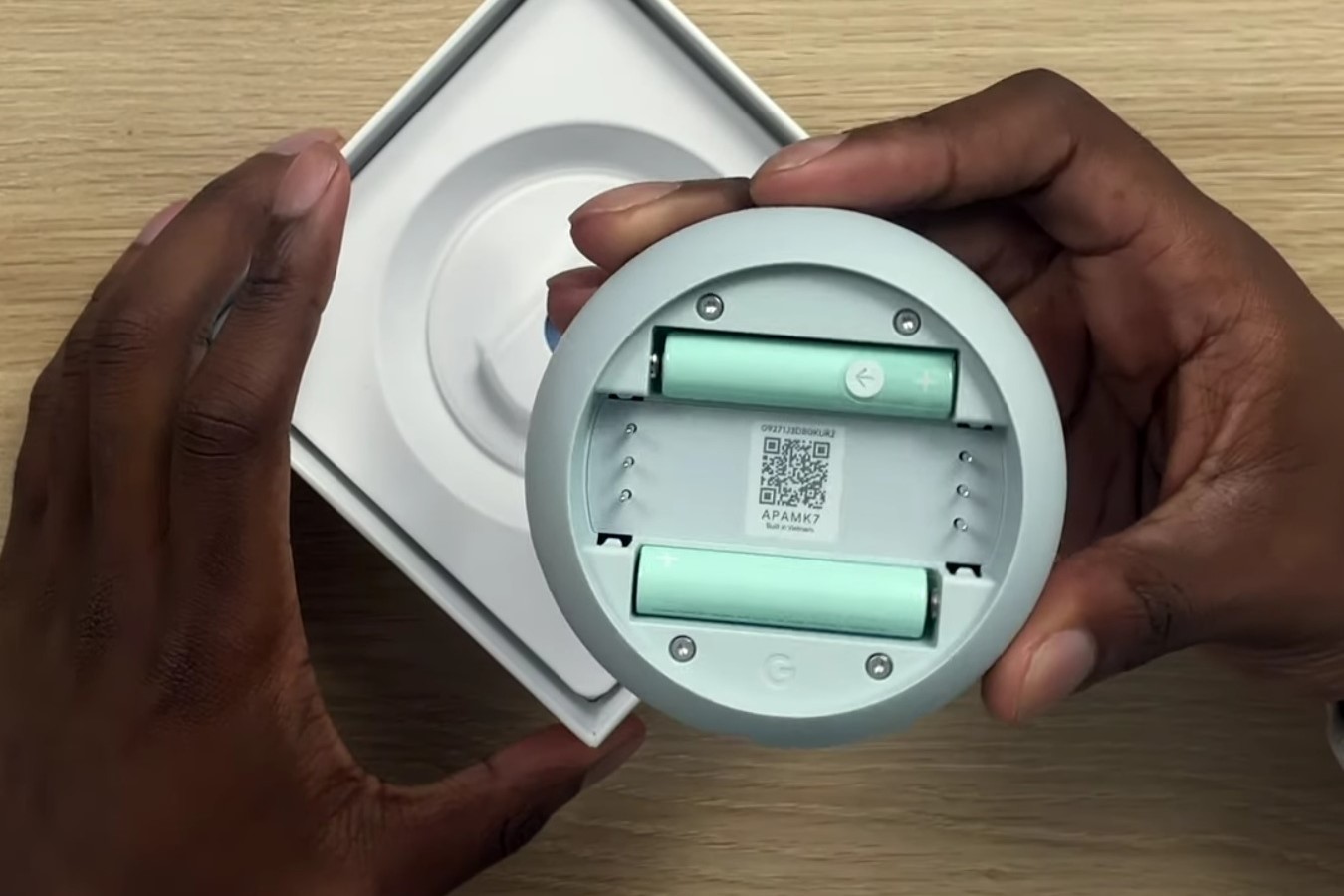
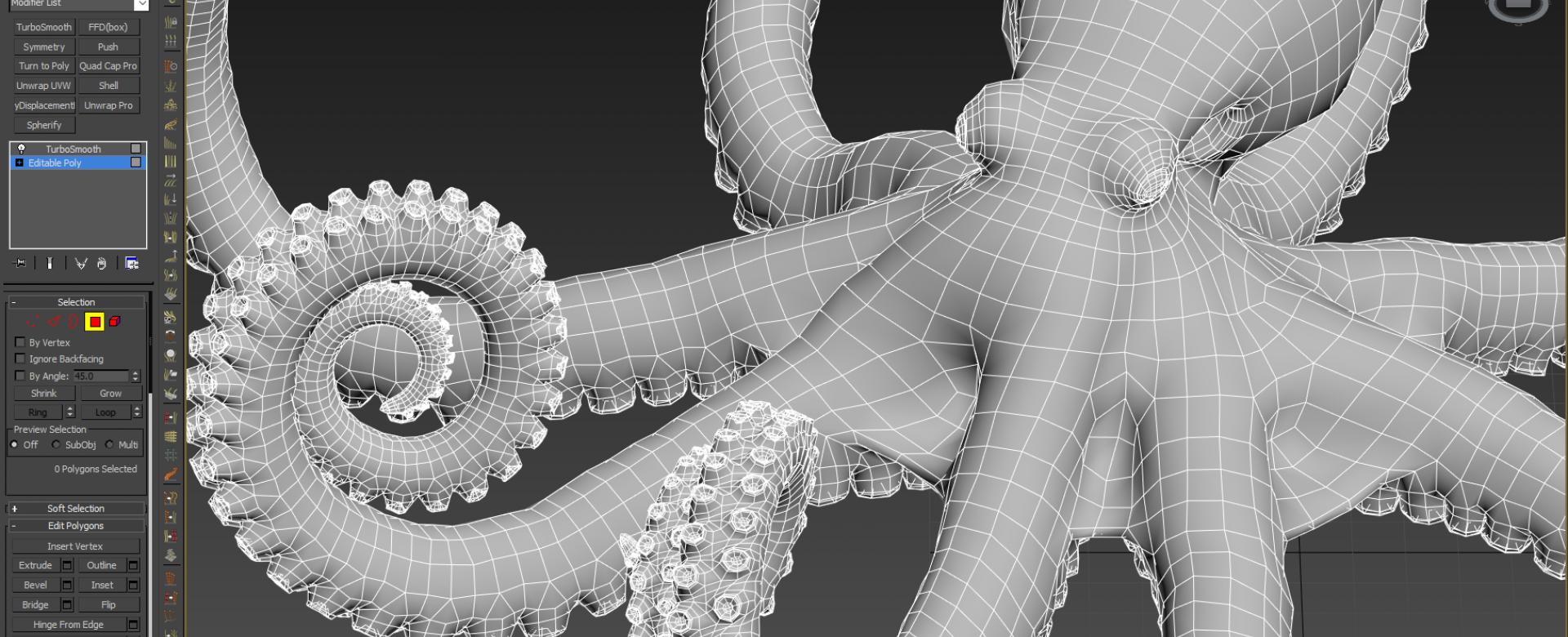

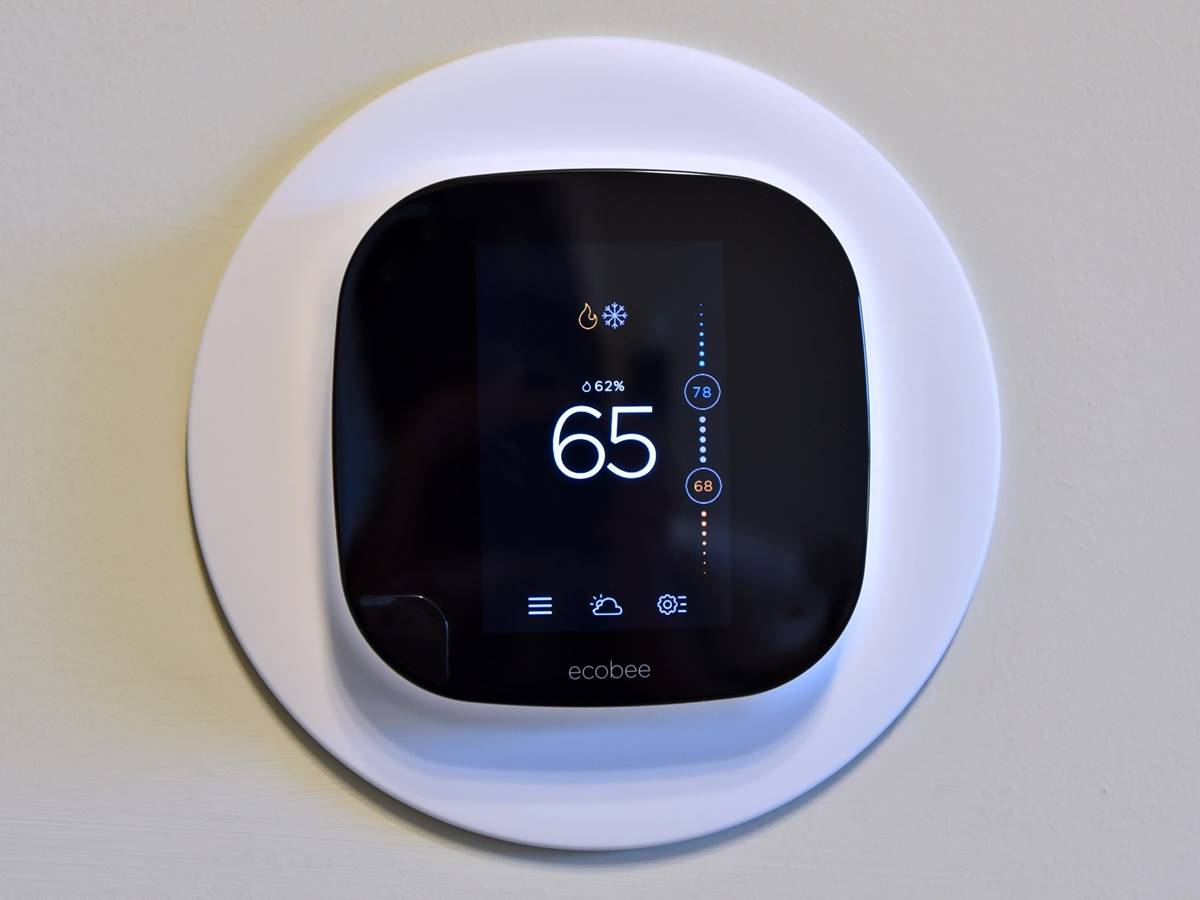


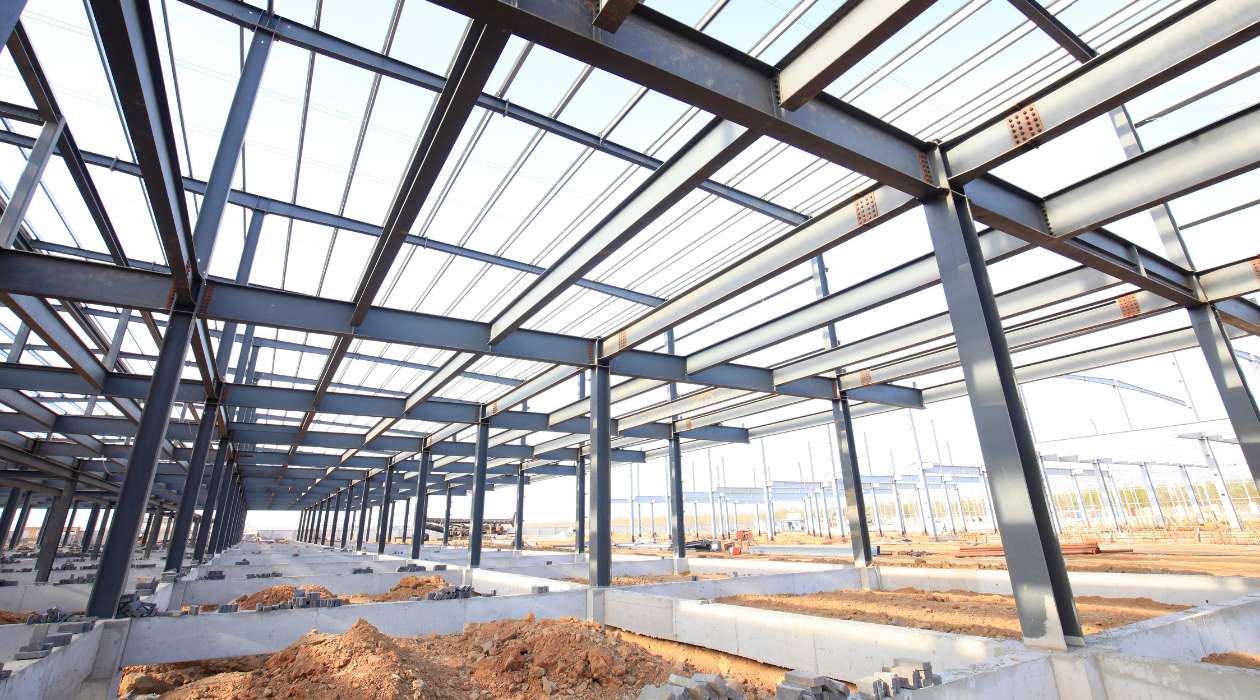
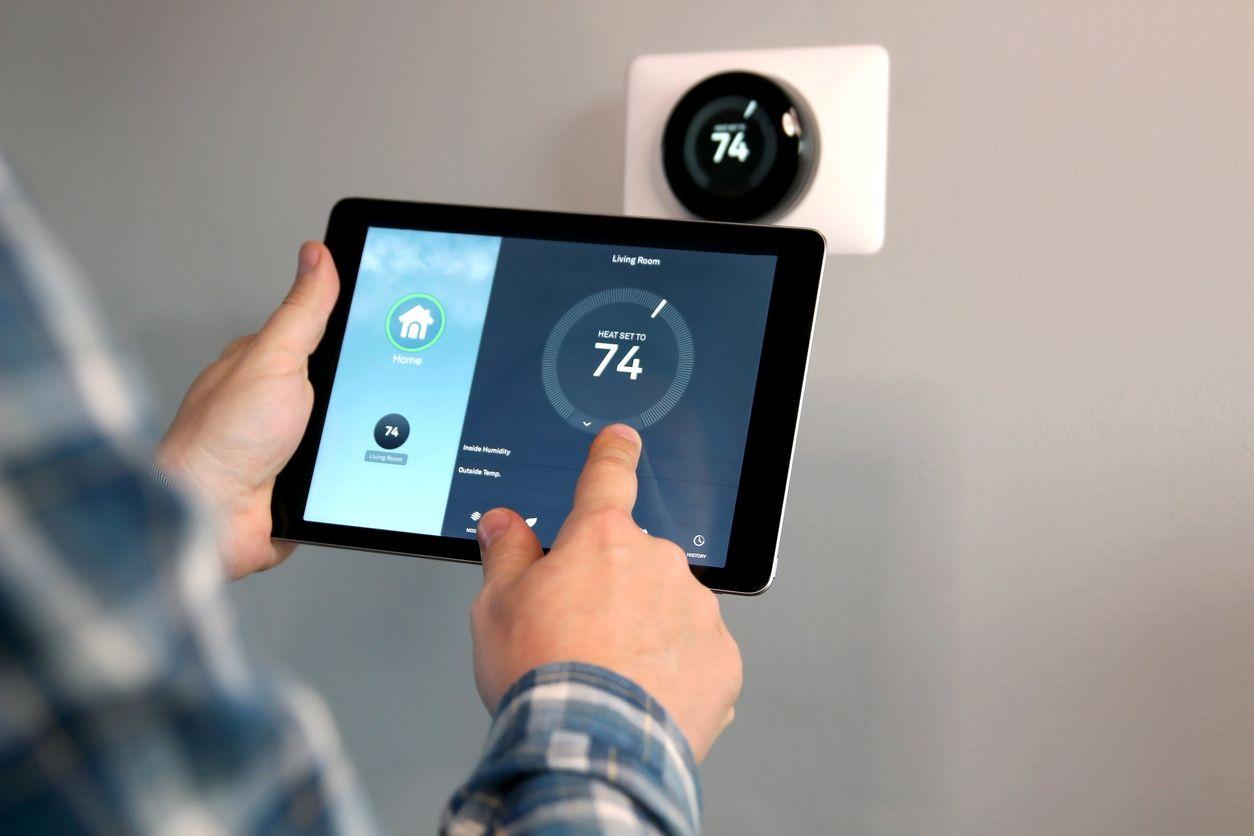
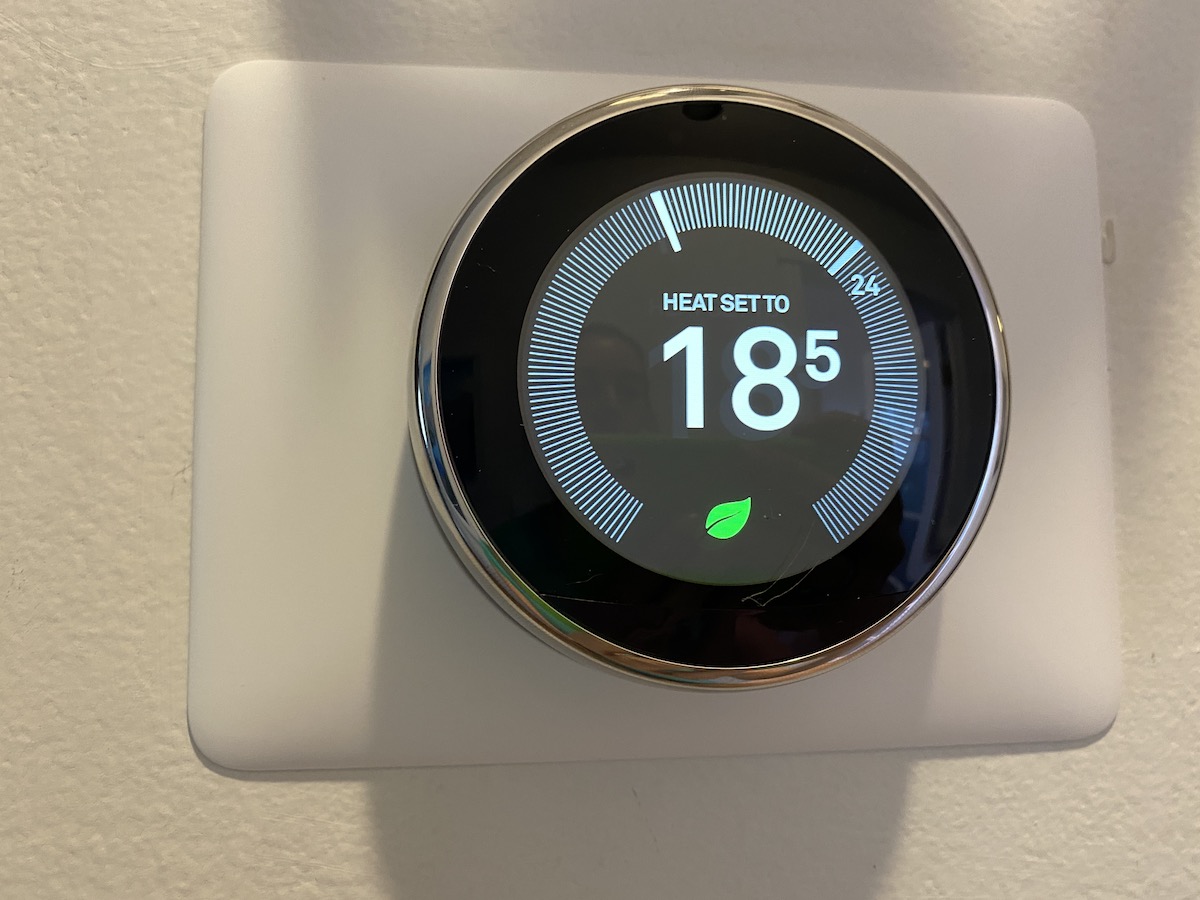
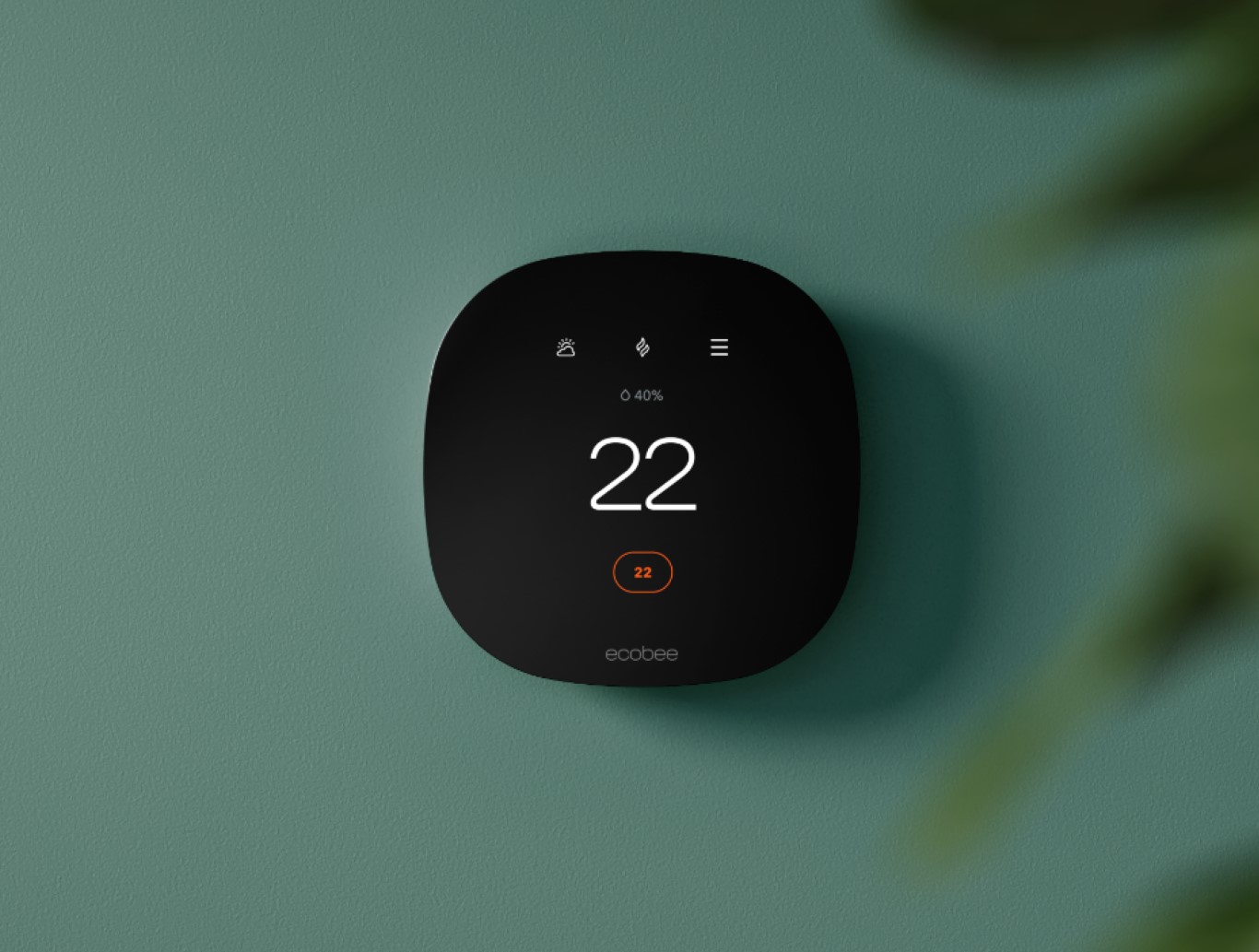






0 thoughts on “What Are The 3 Types Of Thermostat?”